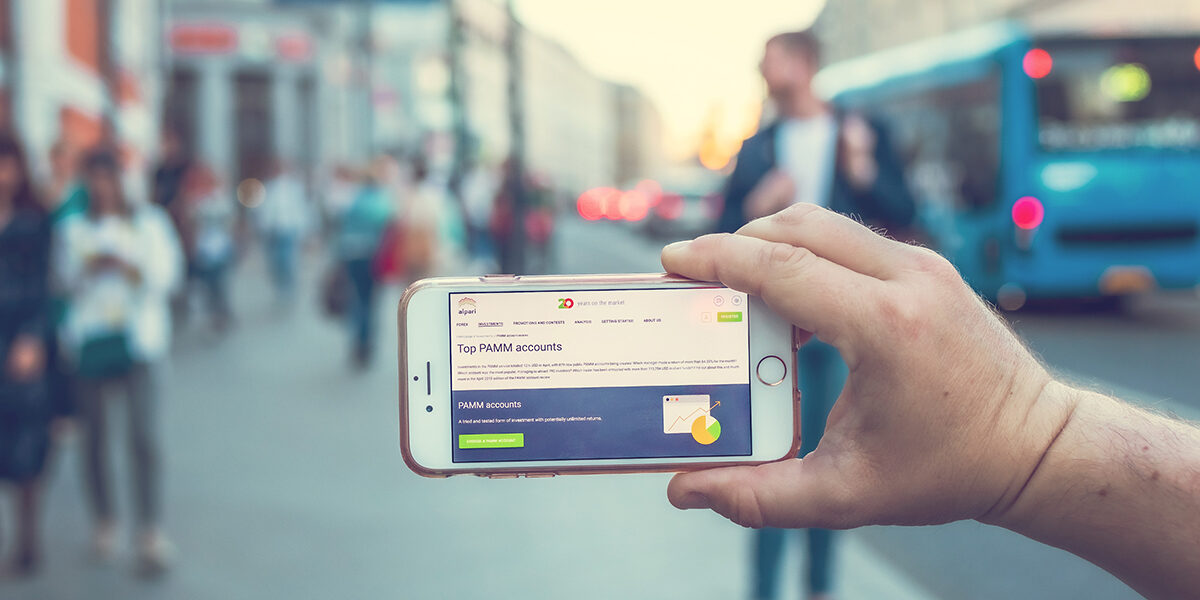Direct to consumer is a sales model dedicated primarily to young businesses. Find out what benefits D2C gives a brand, and why you should include it in your sales strategy.
In the face of dynamic development of the e-commerce sector, direct to consumer is an opportunity for many companies to establish a direct relationship with buyers and increase online sales. What is actually the D2C model? Why should you introduce it into your sales strategy?
The main idea of direct to consumer
Direct to consumer is a sales model that assumes getting rid of intermediaries between a company and final customer. These can be both retailers and mass media used for traditional communication with consumers. In the retail industry, i.e. brick-and-mortar points of sale, the attention of a potential customer is usually focused on the place where he or she can buy a given product, and not on a specific brand. In the classic model, more responsibility for sales was left to an agent who controlled the reach and getting to the final recipient. However, in the case of direct to consumer, brands have unlimited control over their product and customer service.
According to the digital first strategy, sales success is mainly due to a personalised approach to recipients and creative activities in the field of online marketing. The D2C model will work especially well when selling an innovative product requiring market education, premium goods, as well as customised products whose manufacture depends on many variables.
“Digital first” does not mean “digital only”
Consumers want to be able to shop anywhere and anytime. To meet all their needs, it is worth introducing an omnichannel marketing strategy. It assumes interaction through many channels – in online stores, brick-and-mortar outlets or on mobile devices. The omnichannel marketing strategy is designed to provide a consumer with a consistent and personalised offer at all points of contact. However, digital first activity does not diminish the role of traditional media or offline sales. The brand should be exactly where attention of consumers is focused. For example, Coca-Cola cannot do without intermediaries, because it gains profits from traditional sales. Digital first applies primarily to beginners who want to succeed in the dynamic e-commerce market.
Direct to consumer vs push notifications
The direct to consumer model requires above all maintaining a high level of customer service and adapting the marketing message to strictly personalised audiences who can potentially become customers. Relationships are built mainly through social media, mailings and of course push notifications.
Thanks to communication through notifications, the brand works directly for good relationships with a potential customer. By collecting user data, it is possible to better understand consumers, strengthen relationships and tailor the offer to their needs and expectations. Push notifications as part of the omnichannel marketing strategy are designed to remove obstacles from a user’s shopping path, providing product information, supporting sales activities and ensuring appropriate customer service.


